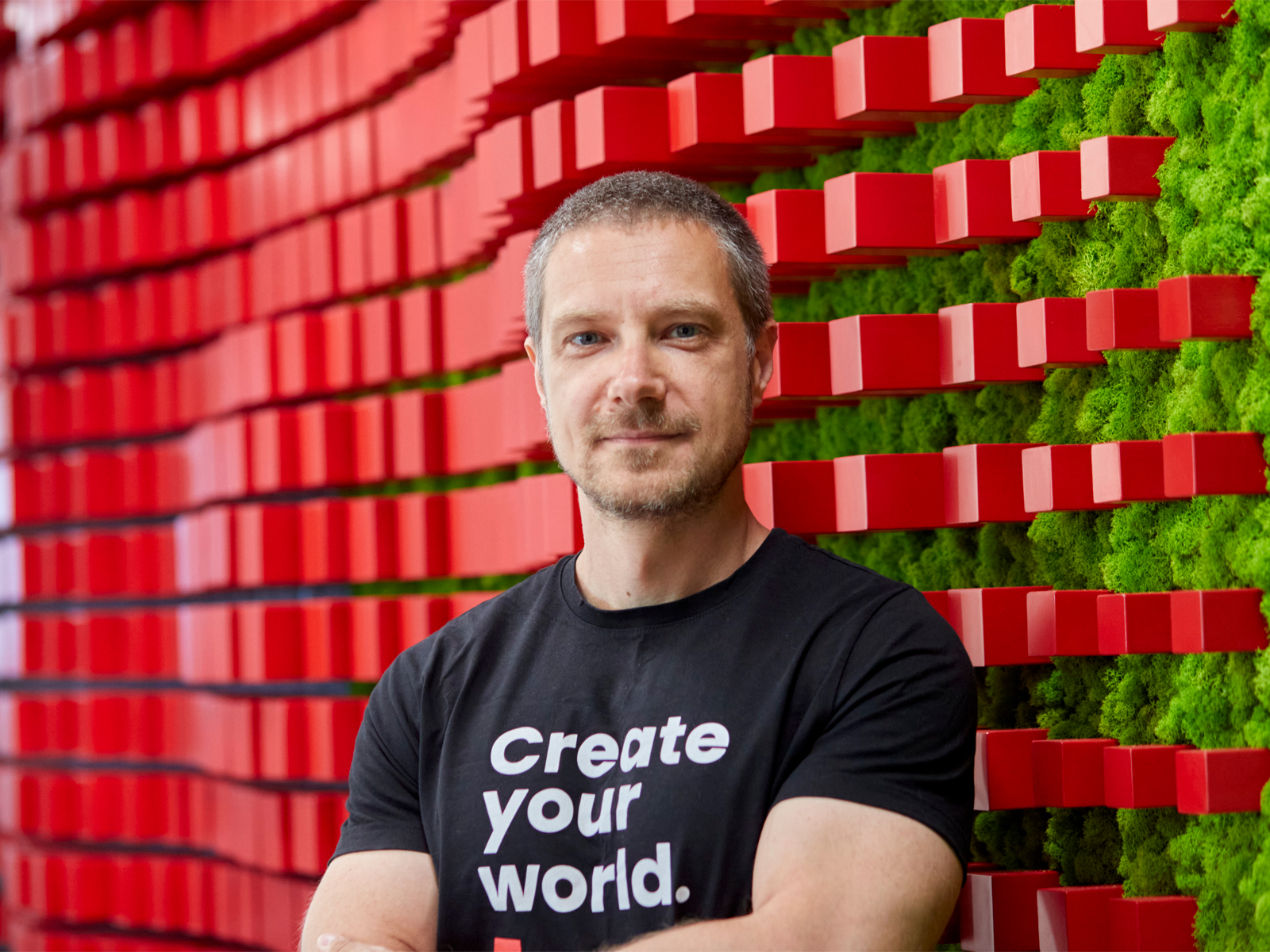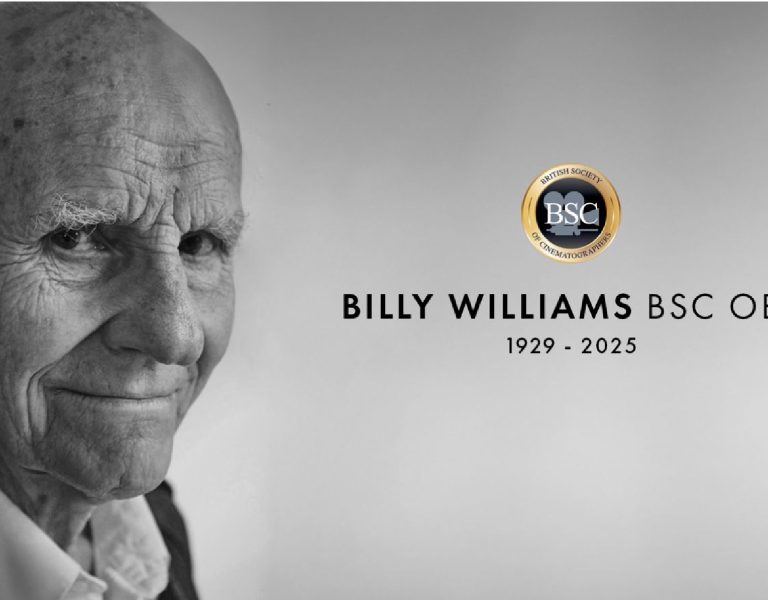
As the world comes together to celebrate the fifty-second annual World Environment Day, the entertainment industry must look inward to assess its progress. Traditionally known for its glamorous sets, exotic locations, and extensive production teams, it has historically incurred high environmental costs and carbon emissions, resource-intensive set construction, and substantial energy consumption.
As concern for our planet has risen over the last decade, the industry has been faced with increasing pressures to adopt more sustainable production practices. Recent advancements in visual effects (VFX) offer significant improvements in environmental efforts: technologies such as in-camera visual effects (ICVFX) and LED walls are revolutionising creative workflows and offering new ways to reduce the carbon footprint.
Virtual production: The game changer
Over the past eight years, virtual production has emerged as a game-changing solution, leveraging cutting-edge technology to transform how films are made. With the help of advanced game engines, LED walls, and sophisticated camera tracking systems, filmmakers can craft intricate digital environments that eliminate the need for constructing physical sets and conducting on-location shoots.
This workflow has been in action since 2016 but gained significant traction during the Covid-19 pandemic. This was when the production of The Mandalorian demonstrated the true capabilities of the workflow, by creating breathtaking visuals and immersive viewing experiences.
The transition to virtual production has led to a substantial reduction in transportation emissions, as cast and crew no longer need to travel extensively to various filming sites. Although not a direct element of the filming process, these travel-based emissions have a significant impact on the overall footprint of a production. The 2022 BAFTA Albert annual report found that productions in the drama category had the highest CO2 output of productions scheduled and that travel and tourism emissions accounted for the greatest volume of CO2 output (Source).
Not only does this approach streamline logistics and reduce carbon footprints, but it also offers greater flexibility and creative control during production, as with LED walls, the set conditions can be perfectly replicated for every shoot day.
LED walls: A sustainable solution
LED walls are at the heart of virtual production pipelines around the world. What’s more, they are a key tool in the shift towards greener film sets, thanks to their ability to display dynamic backgrounds in real time. This allows filmmakers to shoot scenes in a controlled studio environment while achieving the look and feel of any location imaginable. This method not only reduces the need for physical set construction and location scouting but also minimises waste and resource consumption on set.
Furthermore, the use of LED walls and in-camera visual effects (ICVFX) can be an impressive on-set time saver, for example, for night shoots. A shoot at golden hour may have previously taken multiple nights to perfect; now, filmmakers are able to maintain picture-perfect conditions for hours at a time. This cuts production and travel times for crew, as well as improves the working conditions and morale on set. The bonus is a knock-on effect on the carbon footprint of a production.
ARM Processors: Reducing renderings’ footprint
The shift towards greener VFX is not only taking place in the realm of ICVFX. Rendering workflows around the world are also changing. One of the frontrunners is the adoption of Advanced RISC Machines (ARM) processors. Originally designed for mobile devices, these processors have evolved significantly. They are now being recognised for their energy efficiency and robust performance. Renowned for their ability to deliver high computational power while consuming significantly less energy compared to traditional x86 processors, ARM processors are being increasingly integrated into high-performance computing environments. This shift is particularly noticeable in the realm of cloud-based rendering, a critical component of modern VFX production.
ARM processors not only offer a comparable – and sometimes superior – performance to traditional rendering solutions, but also require less cooling power compared to their x86 counterparts, which results in a direct lowering of the carbon emissions of the rendering pipeline.
Key takeaways: Balancing creativity with environmental responsibility
The transition towards greener VFX practices marks a significant milestone in the entertainment industry’s environmental journey. The adoption of virtual production, LED walls, and ARM processors allows us to significantly reduce the carbon footprint while maintaining the industry’s high standards of creativity and innovation. Chaos is proud to support the change with its integration of ARM processors into its V-Ray pipeline, as well as the launch of Project Arena – a solution that is helping to improve the accessibility of LED wall workflows.
As we celebrate World Environment Day, it is refreshing to see the entertainment industry setting a powerful example for other sectors. The shift towards greener practices in film production highlights the potential for innovation to drive sustainability, proving that environmental responsibility and artistic excellence can and do co-exist.
–
Words: Vladimir Koylazov, Co-Founder and Head of Innovation, Chaos












